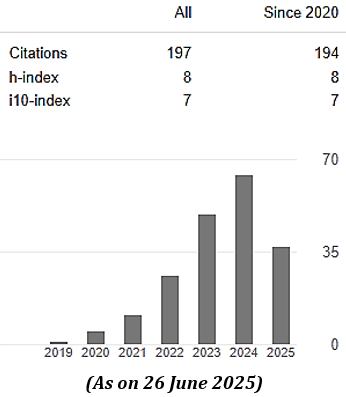ENERGY AND EXERGY BASED ANALYSIS OF SI ENGINES USING METHANE, METHANOL AND OCTANE
DOI:
https://doi.org/10.47981/j.mijst.05(01)2017.127(%25p)Keywords:
Energy, Exergy, Alternative fuels, Combustion, Engine performance, Friction, 1st law efficiency, 2nd law efficiencyAbstract
In this study, the phenomena of air-fuel mixing and combustion of Methane, Methanol and octane has
been studied numerically in order to assess the thermodynamic analysis of the system. For this purpose, a
thermodynamic-based engine cycle model is developed without considering geometric features of fluid motion.
Here a single cylinder four-stroke spark-ignition (SI) engine is considered as a system. Variable specific heat
ratio is considered instead of constant specific heat ratio. Empirical correlations are used to predict heat loss
from the engine cylinder. Developed fundamental equations and empirical relations have been used in this
model with the help of FORTRAN 95. In this study, friction losses are also modeled to estimate the overall
energy losses calculation. The effects of changing some design and operating parameters such as compression
ratios and rpm on the variation and destruction of exergy have been investigated through the analysis. It was
found that the design and operating conditions have considerable effects on the variation of energy, exergy and
irreversibilities as well as the efficiency during investigated parts of the SI engine cycle. 1st law and 2nd law
efficiencies were found to increase for all the (three) fuels with increasing engine speed and compression ratios.
The Present study recommends the necessity of both energy and exergy analysis to identify the source of work
potential losses for different fuels used in SI engine.
Downloads
References
Downloads
Published
Issue
Section
License
Copyright (c) 2019 MIST INTERNATIONAL JOURNAL OF SCIENCE AND TECHNOLOGY

This work is licensed under a Creative Commons Attribution-NonCommercial 4.0 International License.
MIJST follows the open access policy.

This work is licensed under a Creative Commons Attribution-NonCommercial 4.0 International License. This allows anyone to copy, share, distribute, and modify the work for non-commercial purposes, where the original work and source should be properly credited.
















